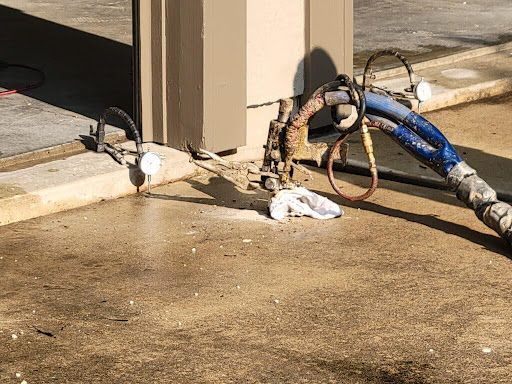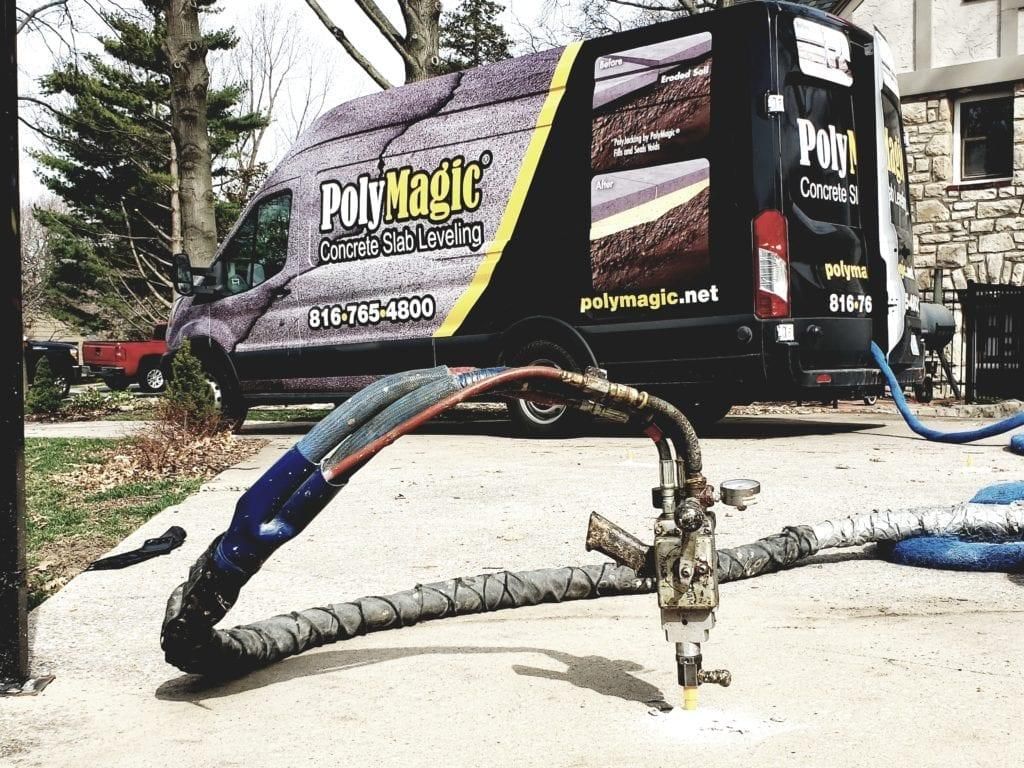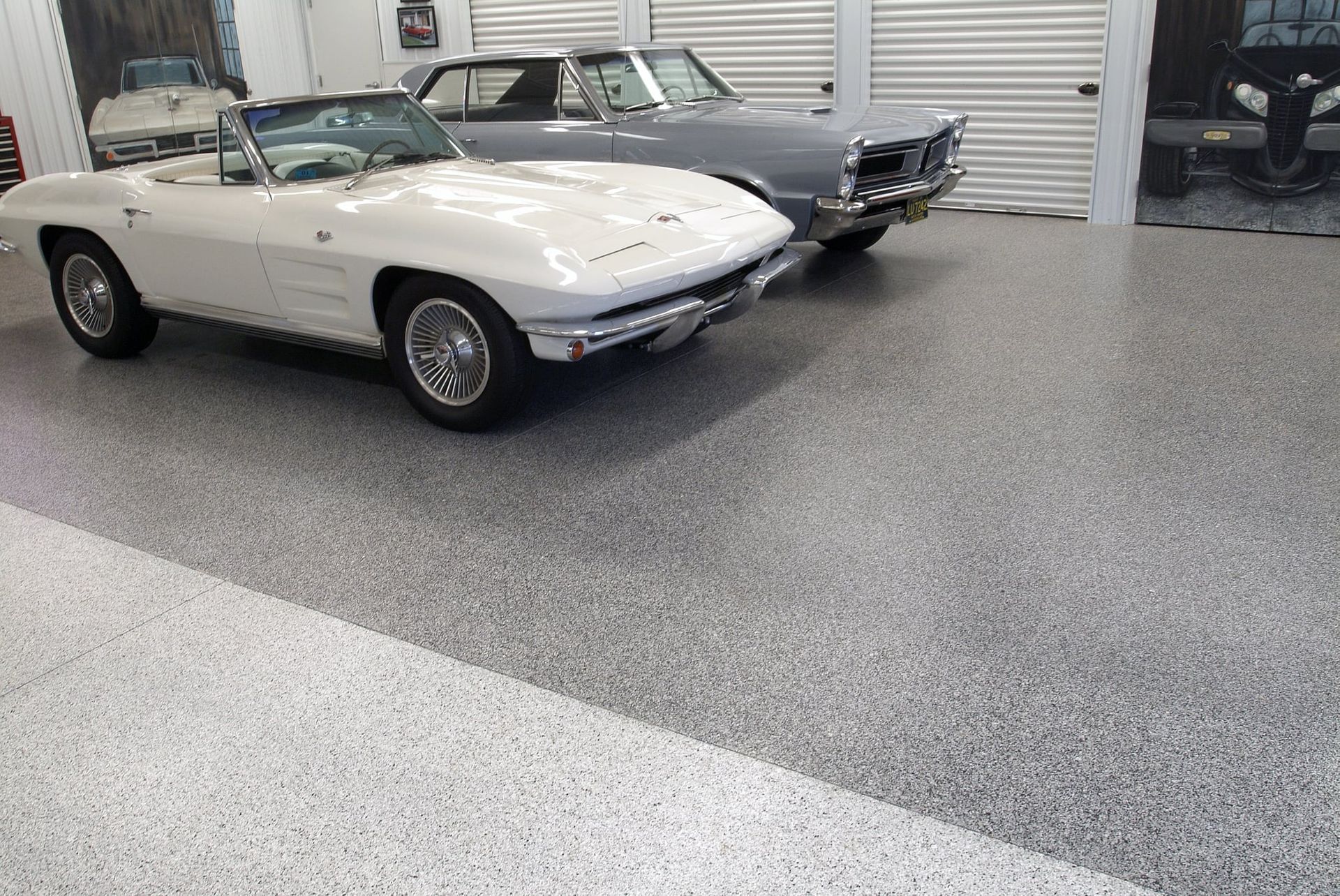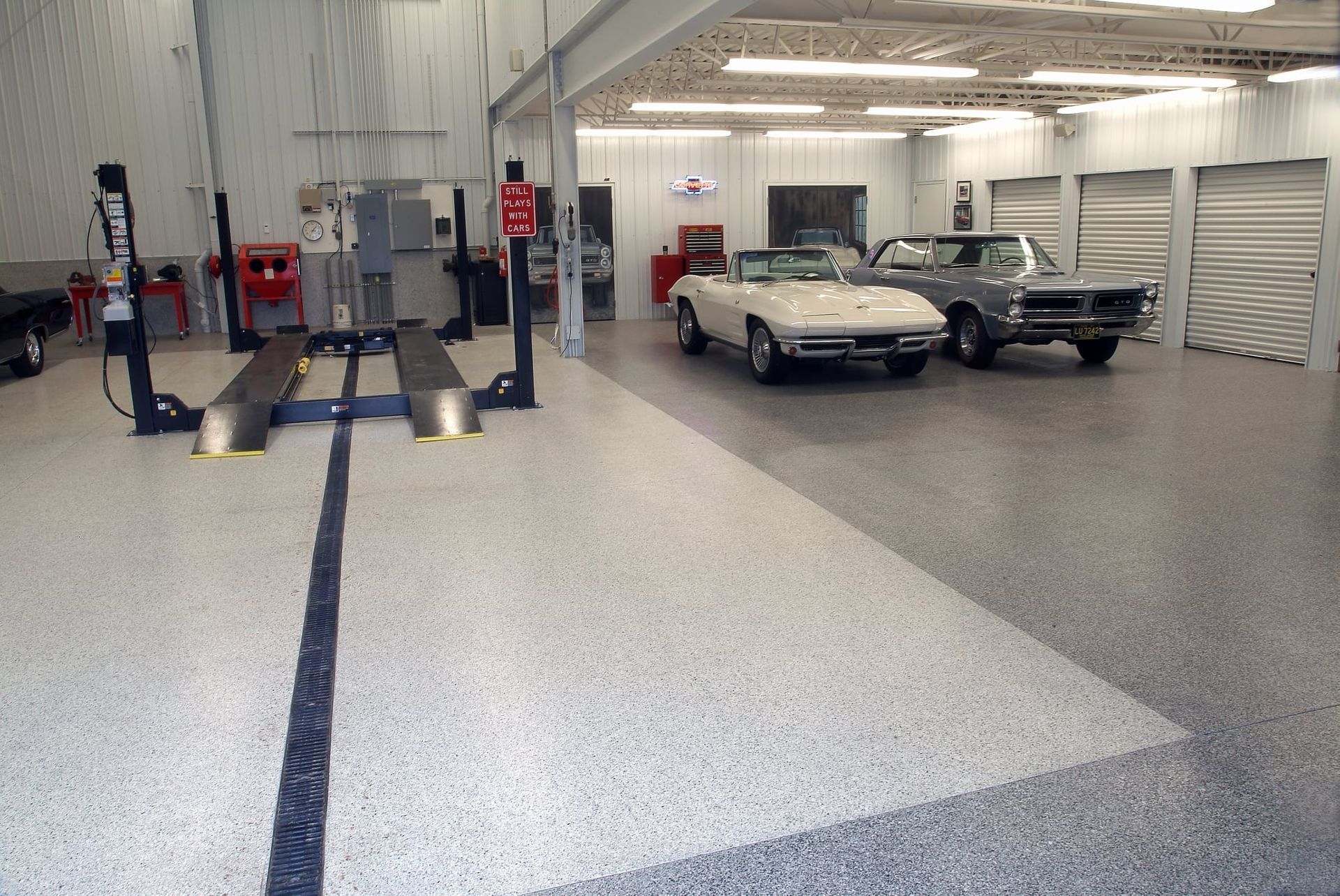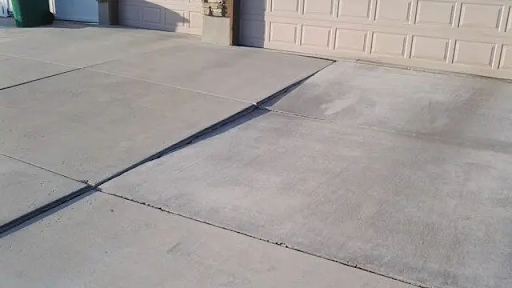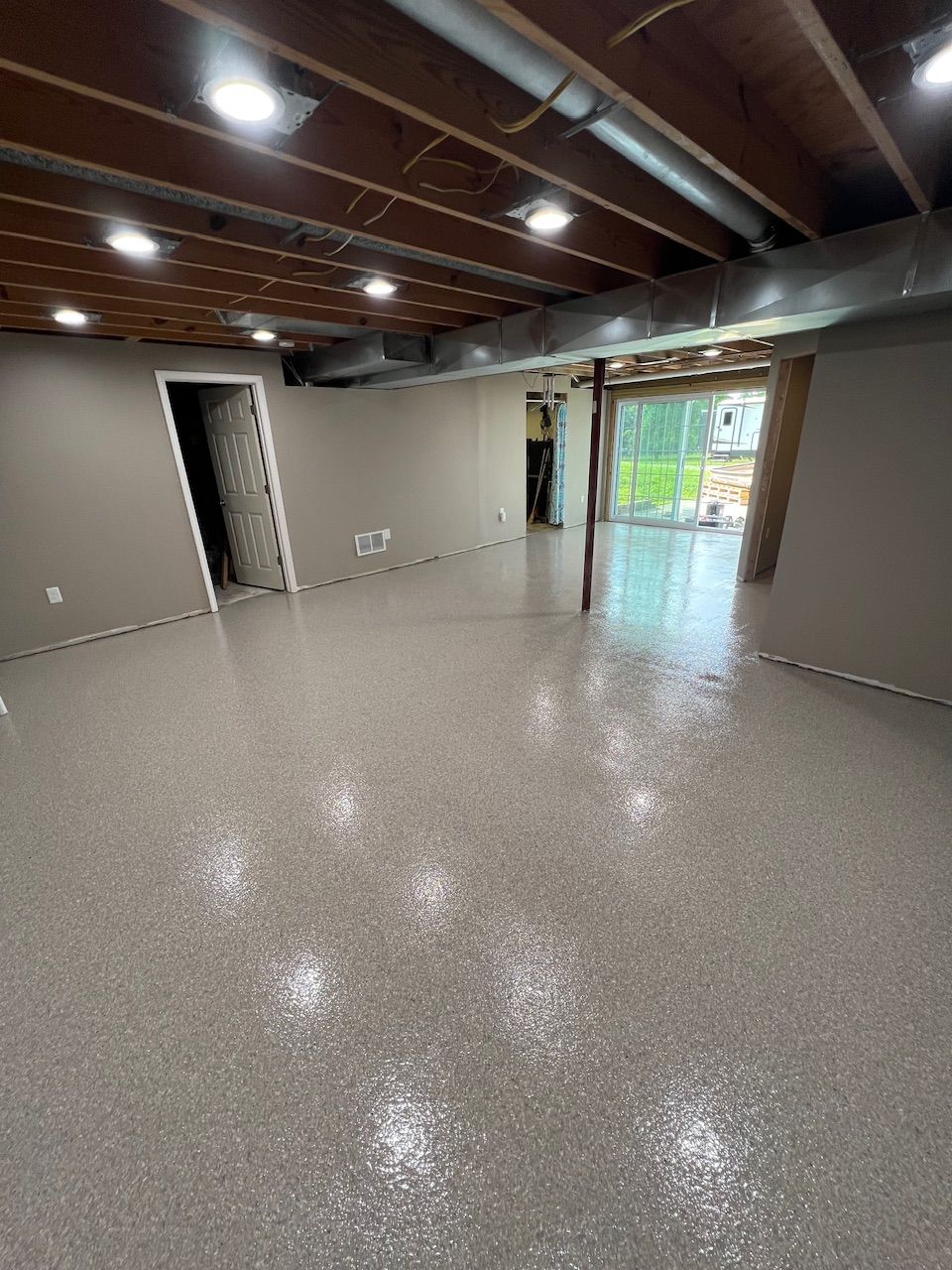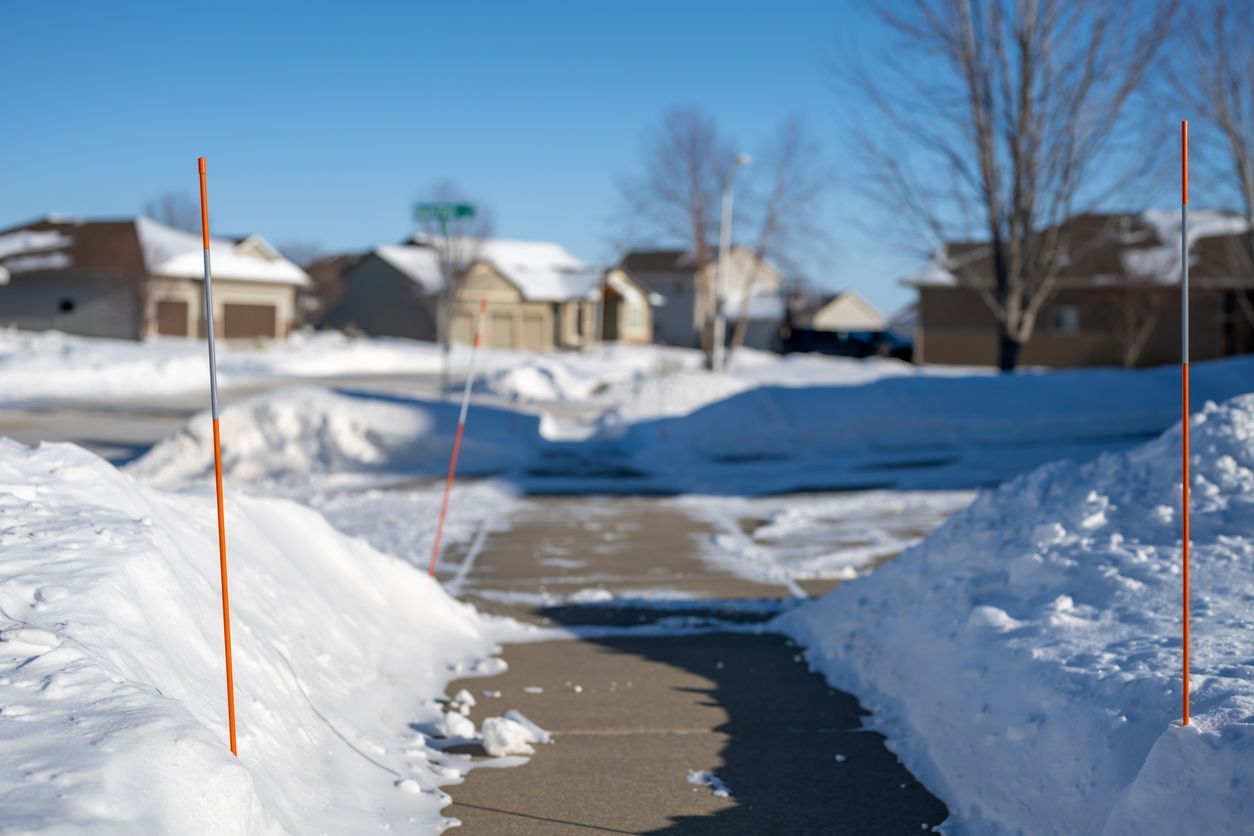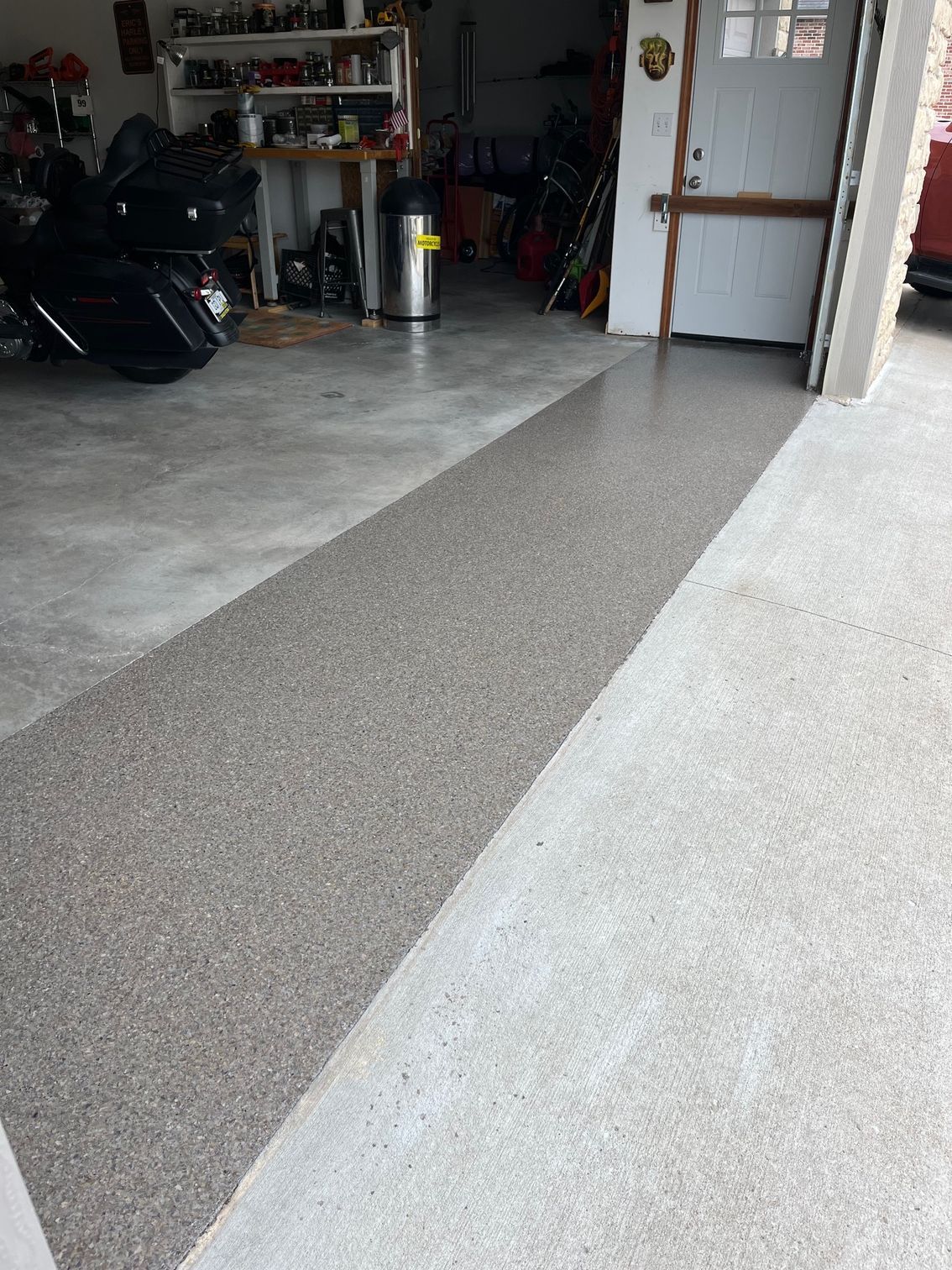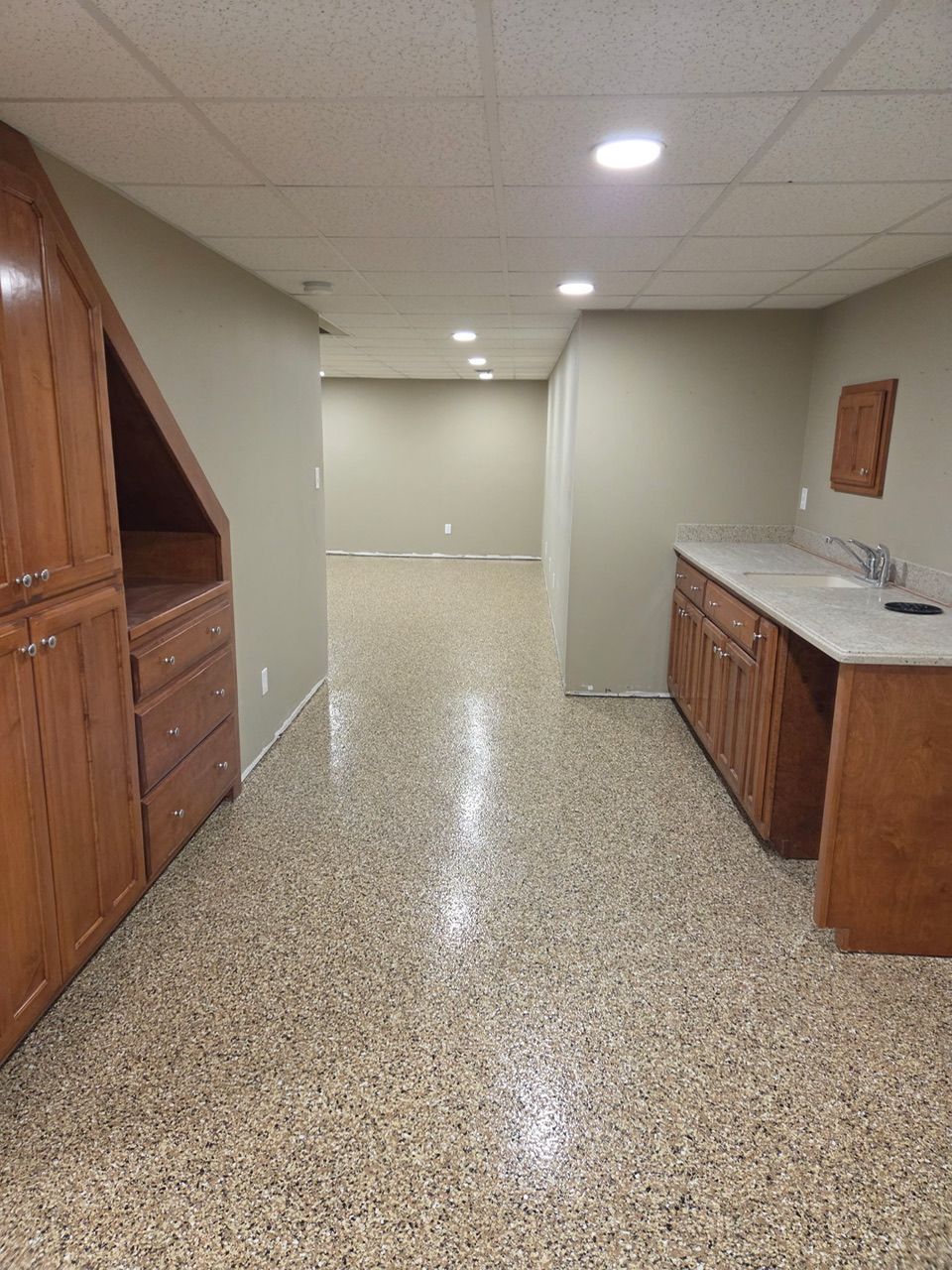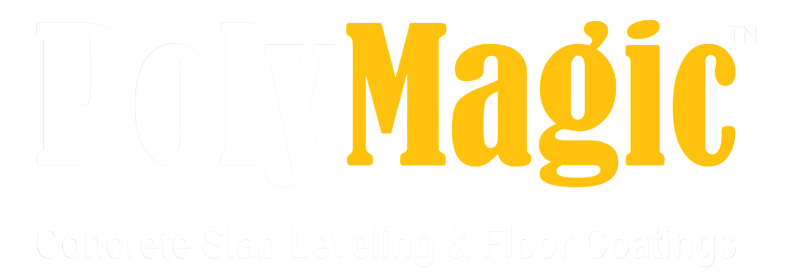Upgrade Your Garage: Transforming Floors with Coatings
Garage floors endure a lot—heavy loads, friction, dropped tools, and chemical spills. Over time, this wear and tear leads to cracks, pits, and surface deterioration. If these early signs of damage are ignored, they can progress and eventually compromise the entire floor. Moisture, vehicle oils, and chemicals may seep into the surface, making the floor not only unsightly but also unsafe and unusable.
One of the best ways to prevent or repair this damage is by upgrading your garage floor with a high-quality floor coating. This approach is both effective and cost-efficient—and even suitable for DIY enthusiasts.
In this article, we offer a step-by-step guide for coating your garage floor and provide tips to maximize the durability of your new finish.
Benefits of Upgrading Your Garage Floors with Coatings
Here’s why floor coatings are an excellent investment for your garage:
- Protects the underlying concrete from wear and tear
- Prevents staining from oil, gasoline, and chemical spills
- Reduces the risk of slips and falls
- Enhances aesthetics with decorative finish options
- Makes the surface easier to clean and maintain
- Saves money in the long run by preventing future damage
Step-By-Step Guide to Garage Floor Coatings
When planning a home concrete upgrade, it’s smart to consult local experts. PolyMagic proudly serves the Kansas City area and can help with your garage, basement, pool deck, or patio coating project.
STEP 1: CHOOSE THE RIGHT COATING
Two types of coatings are especially suited for garage floors: polyaspartic and epoxy. Here’s a comparison to help you decide:
Polyaspartic Floor Coating
| Pros | Cons | Application Criteria |
|---|---|---|
| Easy-to-apply, quick dry, faster curing | Expensive | If the garage floor becomes wet often |
| Highly durable | Acid corrosion | If the garage falls into high-traffic criteria |
| Resistant to chemical and moisture | Less decorative options | If the garage is in a very hot area |
| Eco-friendly | Critically controlled temperature is required in the installation process |
Epoxy Floor Coating
| Pros | Cons | Application Criteria |
|---|---|---|
| Comparatively cheap | Becomes yellow over time | Garage serves commercial purposes |
| Moderately flexible to temperature when installing | Slippery surface if the floor gets wet | Budget is a core concern |
| Long service life | Slow curing | Greater durability is prioritized |
| Highly DIY-friendly | Can host scratches easily |
STEP 2: PREP THE GARAGE FLOOR
Proper preparation is critical—over 70% of coating failures are due to poor surface prep.
- Start by removing contaminants like oil or grease using heavy-duty soap and water.
- Seal cracks, pores, and voids (as recommended by the American Concrete Institute).
- Use a shot blasting machine to remove debris and improve adhesion.
- If you don’t have access to a shot blaster, use trisodium phosphate and a stiff-bristle brush as an alternative.
Professionals also perform moisture and temperature tests to ensure the surface is ready for coating. DIYers can skip this step, but it helps ensure long-lasting results.
STEP 3: APPLY THE BASE COAT
Once the surface is clean and dry, it's time to apply the base coat:
- Begin only if the temperature is between 50–70°F.
- Mix your coating according to manufacturer instructions. For example, an epoxy mix typically uses a 2:1 ratio (Part A to Part B).
- Use a high-quality roller to apply the mixture evenly.
- Target coating thickness: 8–25 mils
STEP 4: ALLOW FOR CURING
After the base coat is applied, let it cure for 24–72 hours. Do not walk or drive on the surface during this time.
STEP 5: APPLY THE TOP COAT (OPTIONAL BUT RECOMMENDED)
If budget is tight, you may skip the top coat and instead apply a thicker base coat. However, for optimal results, adding a top coat is highly recommended. It provides:
- Greater durability
- Improved resistance to stains and chemicals
- Better UV protection
- A smoother, glossier finish
The application and curing process is the same as with the base coat. For best results, apply it in small, manageable sections.
STEP 6: FINISHING TOUCHES
After the top coat cures:
- Use 120-grit sandpaper to smooth the surface.
- Touch up any missed areas.
- Use a pin to pop any air bubbles that formed during coating.
- Mark a chalk line around the perimeter for a crisp, professional finish.
Maintenance Tips for Garage Floor Coatings
To extend the life of your new garage floor coating, follow these maintenance best practices:
- Sweep and mop regularly using mild, non-abrasive cleaners.
- Avoid dragging sharp objects across the floor.
- Address cracks or scratches promptly to prevent deeper damage.
- Use doormats at garage entrances to minimize dirt and debris.
- Call a professional if you notice significant peeling, cracking, or other surface failures.
Floor Coatings Add Value Immediately
Upgrading your garage floor with a quality coating offers both functional and visual benefits. From protecting the concrete to enhancing your home's curb appeal, the advantages are clear. Follow the maintenance tips above to ensure the coating lasts for years to come.
If you're ready to take the next step, contact PolyMagic today. We’re proud to serve Kansas City homeowners with expert guidance and high-performance floor coating solutions.

